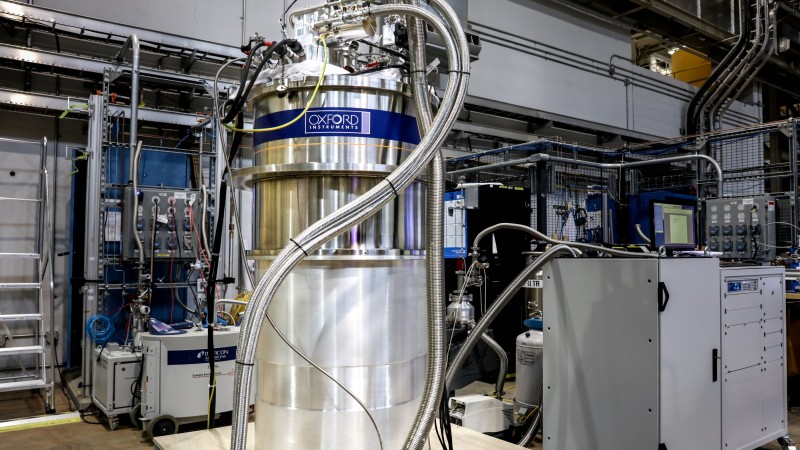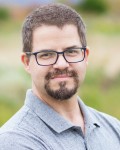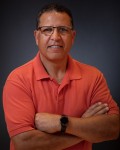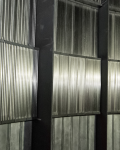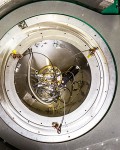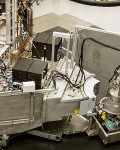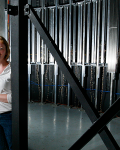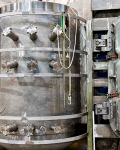Researchers at the Department of Energy’s (DOE’s) Oak Ridge National Laboratory (ORNL) have finished the preliminary commissioning of a new 14-tesla magnet at the Spallation Neutron Source (SNS). This new sample environment allows researchers to explore the fundamental physics behind complex behavior of quantum matter.
The magnet, which also features an optional dilution refrigerator insert, is the latest low-temperature sample environment to be commissioned at SNS. Weighing 2,670 pounds and standing nearly 7 feet tall, this massive device is an excellent tool for researchers wanting to learn more about materials that exhibit quantum phenomena. Its powerful magnetic field forces quantum particles to behave in an orderly way, giving scientists the opportunity to locate patterns in otherwise disordered quantum systems. And with its refrigerator—which can chill samples to -459.65° F—scientists can essentially “freeze” molecular vibrations in materials that might appear as background noise in neutron scattering studies. This allows for more accurate measurements of the excitations associated with quantum magnets.
“Quantum systems often lack discernible order. This makes it difficult to understand their fundamental characteristics. This new sample environment lets us bring order to these systems we’re interested in studying,” said Matt Stone, a lead instrument scientist at ORNL.
Stone explained that the 14-tesla magnet produces a magnetic field that is very well suited for many of the neutron scattering experiments on quantum materials being pursued at the SNS. But, he added, ORNL’s neutron scattering facilities can handle sample environments that produce much larger magnetic fields.
“A 14-tesla magnetic field allows us to scatter neutrons through a large scattering angle opening. It’s ideal for exploring a broad range of materials and quantum behaviors, including things like quantum magnetism and spin liquids,” he said. “Be assured, though, that larger magnetic field sample environments are already being considered for development at ORNL’s neutron scattering facilities.”
Stone spent 3 years designing and testing the 14-tesla magnet alongside colleagues at ORNL and Oxford Instruments, a scientific instrumentation company based in Oxford, England. It took another 3 weeks for technicians and engineers to assemble the magnet, which arrived from Oxford in 13 huge crates.
“It was a big project, but it went very smoothly. Our staff and our peers at Oxford Instruments assembled this sample environment with meticulous care, and that diligence is what made this assembly so successful,” said Saad Elorfi, a master technician with the low-temperature and magnet sample environment team at ORNL.
Neutrons are excellent tools for studying quantum systems. They don’t have an electrical charge, but they do have a magnetic moment, which makes them sensitive to magnetic materials such as quantum magnets.
“In addition to their sensitivity to magnetic structures, neutrons at the cold neutron instruments at ORNL are particularly helpful for studying quantum phenomena because they’re produced at an energy similar to that which we see in quantum excitations,” said Stone.
Stone says that a number of researchers have already contacted him about using the 14-tesla magnet for their experiments. The magnet is mobile, meaning it can be installed at a number of different neutron scattering instruments at SNS. These include SEQUOIA, HYSPEC, CORELLI, ARCS, and CNCS.
“We’ve created a powerful asset for scientists looking to explore quantum materials, one we expect will produce groundbreaking research in this field,” said Stone.
SNS is a DOE Office of Science User Facility. UT-Battelle LLC manages ORNL for the DOE Office of Science. The Office of Science is the single largest supporter of basic research in the physical sciences in the United States and is working to address some of the most pressing challenges of our time. For more information, please visit http://science.energy.gov/.—by Gage Taylor


